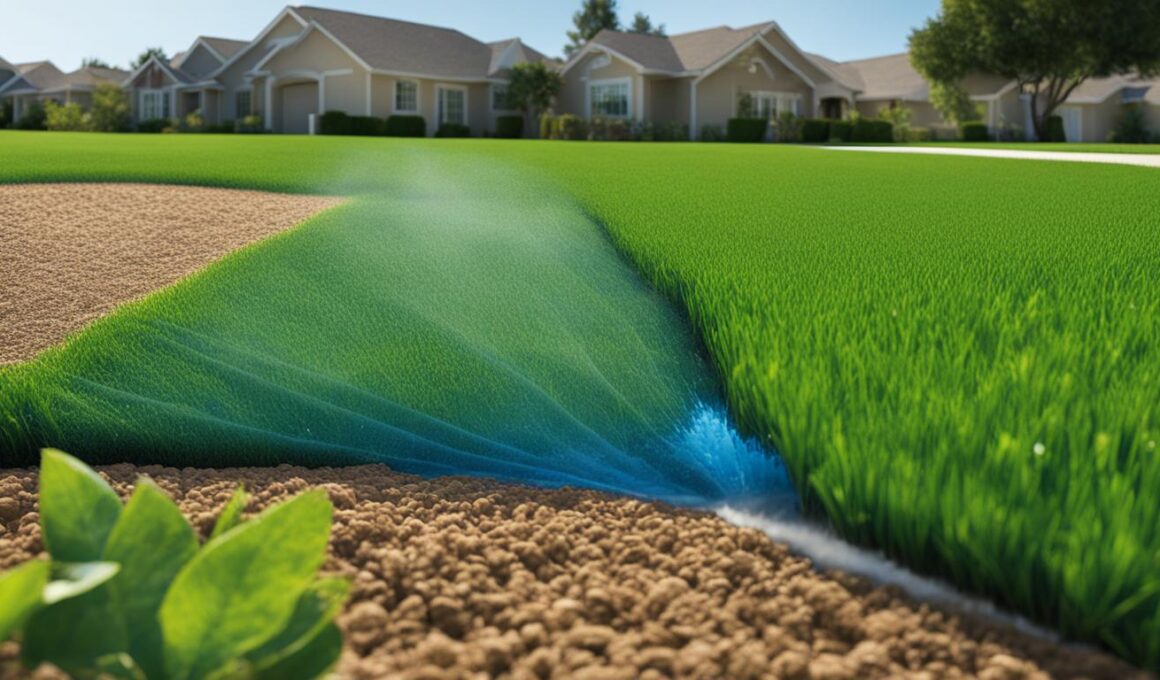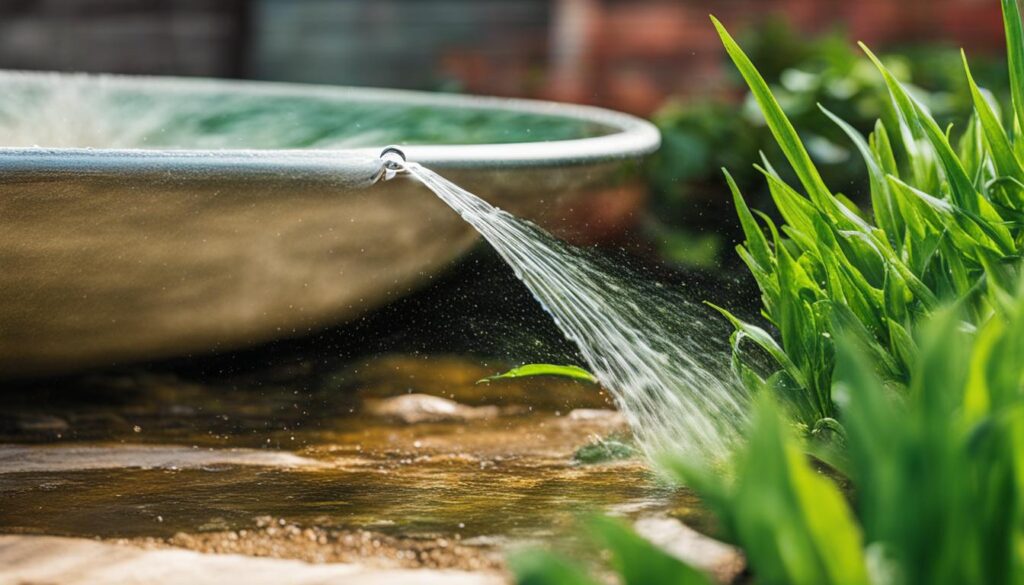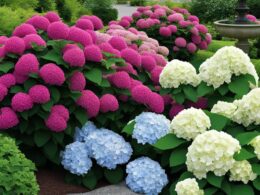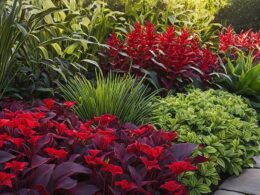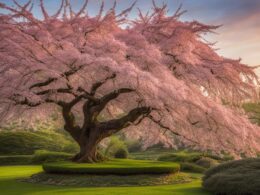Are you concerned about your water usage and its impact on the environment and your utility bills? If you have a sprinkler system installed, it’s important to understand how much water it uses and what steps you can take to conserve water. By implementing efficient watering techniques, you can reduce water consumption while maintaining a healthy and vibrant lawn. Let’s explore some key factors related to water usage and the benefits of optimizing your sprinkler system.
When it comes to outdoor water usage, such as watering lawns, the numbers can add up quickly. On average, a family of three uses around 150 gallons of water per day. However, using a typical sprinkler system can significantly increase this amount. For instance, a pop-up station of a lawn irrigation system can use approximately 16 gallons of water per minute.
But what does this mean in practical terms? Well, if you water your lawn with a standard sprinkler using a 5/8″ garden hose for just one hour, you’ll end up using about 1,020 gallons of water. That’s a staggering amount! Over the course of a month, this adds up to approximately 12,240 gallons of water consumed just for irrigation purposes.
By understanding the water usage of your sprinkler system, you can take steps to conserve water and reduce your utility bills. In the next section, we’ll explore some efficient watering techniques that can help you achieve this.
Efficient Watering Techniques for Sprinkler Systems
To ensure optimal performance and minimize water waste, it is important to implement efficient watering techniques for your sprinkler system. By following these practices, you can help conserve water and maintain a healthy and green lawn.
Start by observing your sprinkler system once per month, especially after power outages or system resets. This allows you to identify any potential issues and ensure that the system is functioning properly.
Another essential tip is to water your lawn in the early morning, between 4 a.m. and 10 a.m. This time frame is ideal because it allows the grass blades to dry throughout the day, reducing the risk of foliar diseases. Additionally, watering early in the morning helps to minimize water evaporation due to the cooler temperatures.
Regularly checking for common sprinkler system issues is crucial for efficient water usage. Be on the lookout for non-turning heads, as they can result in uneven watering and wasted water. If you notice any spray onto sidewalks or driveways, make adjustments to prevent water runoff and ensure that your landscaping receives the necessary irrigation. Clogged nozzles can also hinder water distribution, causing inefficient watering. Lastly, keep an eye out for any turf growth around sprinkler heads, as it may indicate an underground leak that needs prompt attention.
To accurately estimate your water usage and calculate your water bill, it is important to know the number of zones in your sprinkler system, the watering time for each zone, and the pounds of pressure in the lines. By having this information, you can make informed decisions about your water consumption and potentially make adjustments to save water and reduce costs.
Incorporating these efficient watering techniques and regularly checking your sprinkler system can lead to significant water savings and help you maintain a healthy, vibrant lawn. By optimizing your water usage, you not only contribute to water conservation but also save on utility bills.
Conclusion
By implementing efficient watering techniques and being mindful of your water usage, you can make a significant impact on the conservation of water and save money on your utility bills. One of the key strategies is to adjust your sprinkler system watering schedule based on seasonal temperature changes. This helps optimize water usage and prevents wastage.
Regular inspection and maintenance of your sprinkler system are crucial in preventing leaks or malfunctioning heads that can lead to unnecessary water consumption. Be aware of your household’s water consumption and promptly address any increases or abnormalities. This proactive approach can help you identify potential problems early on and take appropriate action.
During times of increased water usage, like the coronavirus pandemic, it is important to monitor and manage your water consumption carefully. By following these water-saving tips and practicing responsible water usage, you can not only reduce water consumption but also save on your utility bills. Conserving water is not only beneficial for your wallet but also for the environment. Every drop counts!
– How Much Water Should I Use for My Pumpkin Patch if I’m Using a Sprinkler System?
When using a sprinkler system for your pumpkin patch, it’s essential to consider the pumpkins water requirements. Typically, pumpkins need about 1 to 2 inches of water per week. However, this can vary based on factors like soil type and weather conditions. Monitor the soil moisture and adjust watering accordingly.





